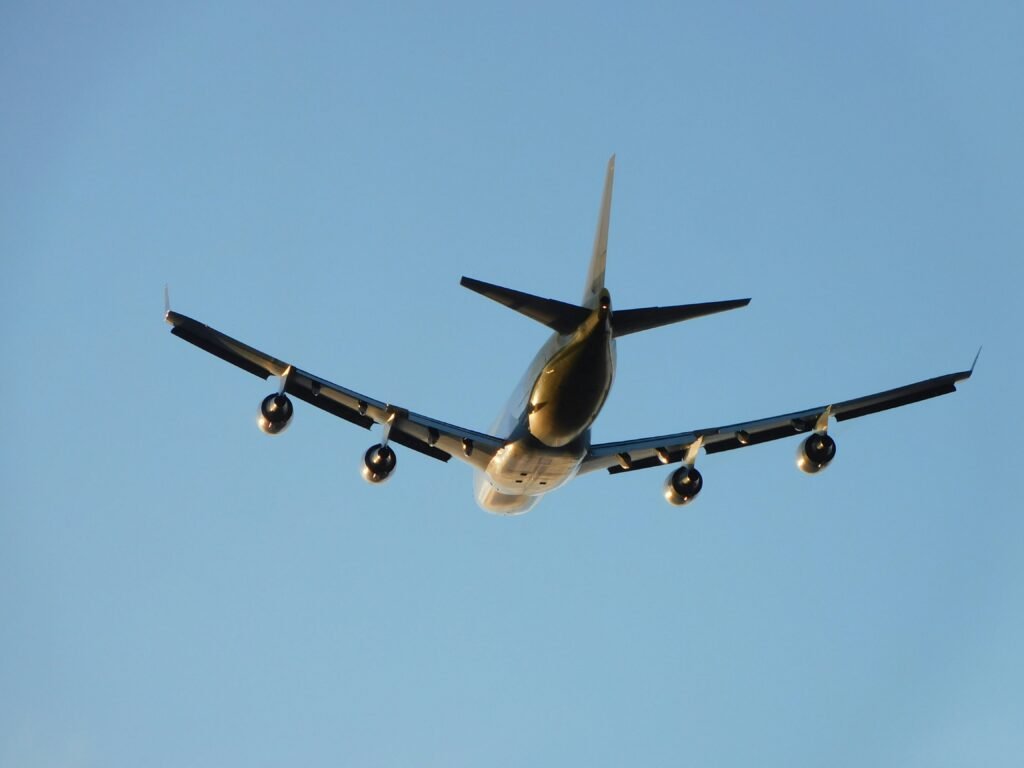
Introduction to the Airbus A380
The Airbus A380 stands as a significant milestone in modern aviation, representing a leap in aircraft design and technology. Introduced in the early 2000s, it is the world’s first full-length double-deck jet airliner, which allows for an unprecedented capacity to carry passengers. With the ability to accommodate over 800 passengers in an all-economy configuration or around 550 in a typical three-class layout, the A380 has truly transformed air travel by enabling airlines to offer more seats per flight and increasing efficiency on busy routes.
The structural design of the A380 is a testament to the advancements in aerospace engineering. It employs a mix of lightweight materials, including advanced aluminum alloys and composite components, which significantly enhance its strength-to-weight ratio. This innovative use of materials not only contributes to the aircraft’s overall durability but also improves fuel efficiency, a crucial factor in the sustainability of modern aviation. The fuselage and wings are carefully constructed to withstand the stresses of flight, ensuring safety and longevity. The dual-deck configuration not only enhances passenger comfort but also necessitates a robust structural framework capable of supporting the considerable weight and aerodynamic loads experienced during flight.
Furthermore, the A380’s unique design enables it to operate efficiently in a variety of weather conditions, demonstrating reliability and strength under diverse circumstances. Its large wingspan and advanced aerodynamic properties facilitate stable flight characteristics, making it a favorite among airlines for long-haul operations. In essence, the Airbus A380’s robust body construction is a vital aspect of its overall design, underscoring the importance of strength and material choice in the evolution of commercial aviation. As the aircraft continues to serve various airlines worldwide, its legacy in reshaping air travel remains significant.
Importance of Airframe Strength in Aviation
In aviation, the strength of the airframe plays a pivotal role in ensuring not only passenger safety but also the overall performance of the aircraft. A robust airframe is fundamental to maintaining structural integrity during various phases of flight, including takeoff, cruising, and landing. As aircraft operate in a dynamic environment, they experience numerous stresses such as turbulence, strong winds, and varying pressure conditions. Thus, the airframe must be designed to withstand these forces without compromising safety or performance.
The safety of passengers is the foremost concern in aviation, and a strong airframe contributes significantly to this aspect. It is responsible for absorbing and distributing the loads generated during flight, ensuring that the aircraft can handle extreme conditions without failing. This capacity to endure stresses not only safeguards passenger safety but also supports the aircraft’s resilience to potential in-flight emergencies. In this regard, the choice of materials and design of the airframe are crucial, as innovative technologies and strong materials enhance durability while minimizing weight, contributing to fuel efficiency.
Beyond safety, the importance of airframe strength extends to aerodynamics, which directly influences aircraft performance. An aerodynamically efficient airframe minimizes drag, allowing for smoother travel through the atmosphere. When the airframe is strong and well-designed, it can maintain its shape under aerodynamic forces, ensuring that the aircraft performs optimally. Furthermore, a robust construction reduces maintenance needs and prolongs the lifespan of the aircraft, making it a cost-effective investment for airlines.
In conclusion, emphasizing the strength of the airframe in aviation is imperative for passenger safety, enhancing aerodynamics, and ensuring overall aircraft efficiency. This focus not only promotes safe flying experiences but also advances the operational lifespans of modern aircraft like the Airbus A380.
Materials Used in the A380’s Construction
The Airbus A380 exemplifies a remarkable combination of advanced engineering and innovative materials. Its construction primarily includes traditional aluminum alloys, which have long been a staple in aerospace design due to their high strength-to-weight ratio and resistance to corrosion. The A380 employs an estimated 60% aluminum in its overall structure, enabling it to achieve the necessary durability while maintaining a lightweight profile, which is crucial for fuel efficiency and performance.
In addition to aluminum, the A380 integrates modern composite materials, such as carbon fiber reinforced polymer (CFRP). These composites are utilized in various components, particularly in the wings and fuselage sections. Carbon fiber composites present advantages like superior strength while being significantly lighter than metals. This weight reduction contributes to lower fuel consumption and consequently less environmental impact, aligning with the industry’s emphasis on sustainability.
The use of composite materials also enhances resilience against environmental elements, as these materials exhibit high resistance to fatigue and corrosion. The integration of materials such as fiberglass and Kevlar further adds to the overall robustness of the A380’s body construction, addressing the operational demands faced over its lifecycle. In particular, the multi-layer structure of these composites ensures that they maintain their integrity under various loads and conditions, critically supporting the aircraft’s performance during flight.
Furthermore, advancements in manufacturing techniques, such as automated fiber placement, have streamlined the production process for composite materials, enhancing precision and consistency. This technological evolution not only contributes to the overall reliability of the A380 but also positions Airbus at the forefront of modern aviation design. Through the strategic use of both traditional and cutting-edge materials, the Airbus A380 exemplifies a pragmatic yet innovative approach to aircraft construction.
Aluminum Alloys in the A380 Structure
The Airbus A380, renowned for its remarkable capacity and operational efficiency, owes much of its structural integrity to the clever use of aluminum alloys. These alloys are essential in modern aerospace engineering, particularly in large aircraft like the A380, due to their excellent strength-to-weight ratio. The types of aluminum alloys utilized in the A380 predominantly include 2024, 7075, and 5000 series aluminum, each offering specific mechanical properties optimized for various components of the aircraft.
Alloy 2024, known for its high strength, is primarily used in aircraft structures and fuselage skins. Its exceptional fatigue resistance allows the A380 to endure significant stress during flight, making it a critical material for maintaining the aircraft’s safety and longevity. Alloy 7075, characterized by its remarkable toughness, is another important material within the A380, utilized in components requiring high resistance to deformation and stress. Its prevalence in the wing structure highlights the emphasis on strength needed in areas subject to aerodynamic forces.
On the other hand, the 5000 series aluminum alloys, often recognized for their excellent corrosion resistance, are important in the A380’s body as well. These alloys incorporate magnesium, enhancing their ability to withstand harsh operating environments, especially in coastal areas or regions with high humidity. This is crucial for maintaining the aircraft’s performance and aesthetics over time.
The balanced combination of these aluminum alloys ensures the Airbus A380 achieves optimal weight savings while still delivering exceptional performance under demanding conditions. By effectively integrating different aluminum types throughout its structure, the A380 exemplifies the benefits of advanced materials in modern aviation design.
Composite Materials: The Future of Aircraft Structure
The Airbus A380 represents a significant milestone in aviation engineering, particularly due to the innovative application of composite materials in its construction. Among these, carbon fiber-reinforced polymer (CFRP) has emerged as one of the most pivotal advancements in modern aircraft design. This material is known for its remarkable strength-to-weight ratio, allowing engineers to create lighter and more resilient structures without compromising safety or performance.
One of the primary advantages of using composite materials like CFRP is their ability to resist corrosion and fatigue, which can be common issues in traditional aluminum aircraft structures. This resilience not only enhances the longevity of the aircraft but also significantly reduces the need for intensive maintenance. As a result, airlines can realize substantial cost savings over the aircraft’s operational life, making composite materials an attractive choice for both manufacturers and operators.
Moreover, the lightweight nature of composite materials directly contributes to fuel efficiency. By reducing the overall weight of the aircraft, fuel consumption is lowered, leading to a decrease in greenhouse gas emissions. This is particularly significant in an industry that is increasingly focused on environmental sustainability. The integration of CFRP in the Airbus A380 allows airlines to operate more economically while simultaneously meeting rigorous environmental standards.
As research and development continue to evolve, the role of composite materials in aircraft design is likely to expand further. The potential for incorporating advanced composites that offer even higher performance could revolutionize aerospace engineering, paving the way for new designs that prioritize efficiency, safety, and sustainability. Ultimately, the embrace of composite materials is not merely a trend, but a foundational shift that promises to redefine the future of aviation.
Design Engineering for Strength and Safety
The Airbus A380 stands as a testament to modern engineering, primarily due to its robust body construction employed to ensure both strength and safety. At the heart of this engineering marvel is a meticulous design process that incorporates advanced computer simulations and modeling techniques. Engineers utilize these sophisticated tools to predict how various materials and structural components will behave under numerous conditions, ensuring optimal performance and durability throughout the aircraft’s operational lifespan.
During the design phase, simulations allow engineers to explore a vast array of scenarios, from high-stress turbulence to the impact of varying weights during different flight stages. These simulations play a crucial role in identifying potential structural weaknesses well before the physical construction begins. By enabling engineers to visualize and analyze the stresses placed on different sections of the aircraft, the design reviews can lead to informed adjustments that enhance the overall structural integrity of the A380.
Following the design phase, rigorous testing methods are employed to validate the strength of the materials and components used in the A380. This includes extensive stress testing at various stages with prototypes subjected to conditions that replicate real-world flight environments. Engineers utilize both static and dynamic testing approaches, where static tests evaluate material strength under controlled conditions, while dynamic tests, involving real-time operational scenarios, assess performance under flying conditions.
This holistic approach to aircraft design ensures that the A380 not only meets but often exceeds the stringent safety and regulatory standards set forth by aviation authorities. Ultimately, the combination of advanced engineering principles, computer simulations, and thorough testing results in a robust aircraft capable of withstanding the rigors of modern air travel while prioritizing passenger safety and comfort.
Real-World Testing and Performance
The Airbus A380, recognized for its unprecedented size and passenger capacity, has undergone rigorous real-world testing to evaluate its performance and durability under various conditions. The methodologies employed in stress testing and load testing are critical for ensuring that the aircraft meets safety standards and delivers reliability in commercial operations.
Stress testing involves simulating extreme conditions that the aircraft may encounter throughout its operational life. These conditions are meticulously crafted to include scenarios such as turbulent weather, emergency landings, and significant weight variations due to passenger load or cargo. Each component, from the wings to the fuselage, is subjected to these simulated stresses to ascertain their ability to withstand forces that far exceed normal operational limits. Additionally, load testing is performed by applying weight to the structure incrementally to determine its structural integrity and performance capabilities.
Real-world incidents have further validated the robust construction of the A380. One notable case is the incident involving a Qantas A380 that experienced an engine failure shortly after takeoff. Though the aircraft sustained considerable damage to its engine and wing, the integrity of the fuselage remained intact, allowing for a safe emergency landing. Such cases not only highlight the strength of the materials used in the Airbus A380 but also demonstrate the effectiveness of its design to cope with unforeseen challenges.
Moreover, ongoing evaluations in commercial operations continue to build a comprehensive understanding of the A380’s performance under varied conditions. Airlines conduct extensive data collection during flights to analyze stressors faced in air travel, contributing to an ongoing assessment of the aircraft’s capabilities. This real-world data informs continuous improvements in aircraft design and maintenance protocols, ensuring that the Airbus A380 remains a benchmark in aviation strength and reliability.
Challenges in Aircraft Body Strength
The design and construction of large aircraft, such as the Airbus A380, present numerous challenges, particularly concerning optimal body strength. One of the primary issues faced by engineers is the balance between weight and structural integrity. The aircraft’s body must be strong enough to withstand various forces during flight, including turbulence and pressure fluctuations, while simultaneously adhering to stringent weight restrictions. This is essential for maintaining fuel efficiency and overall performance. Heavy materials can compromise the aircraft’s capacity and increase operating costs, thus a careful selection of materials is crucial.
Another significant challenge is the environmental impact of material selection and manufacturing processes. The aviation industry is under constant pressure to reduce its carbon footprint, which has led to a growing emphasis on sustainable practices. Manufacturers are exploring lightweight composite materials that can offer strength without a substantial increase in weight. However, the production and disposal of such materials also come with their unique environmental considerations. Addressing these concerns requires innovation and collaboration among materials scientists, engineers, and designers to develop sustainable solutions that do not compromise the strength or safety of the aircraft.
Cost factors further complicate the decision-making process in aircraft design. The materials that provide the best strength-to-weight ratios often come with higher price tags. Budget constraints can limit options available to manufacturers, compelling them to make difficult decisions regarding material selection and the overall design of the aircraft’s body. This balancing act involves not only technical considerations but also market factors, where airlines demand cost-effective solutions without sacrificing safety or performance. Consequently, the challenges of achieving optimal body strength for the A380 and similar large aircraft necessitate innovative approaches to material engineering and design methodologies, accounting for the complex interplay of weight, environmental impact, and cost.
Conclusion: The Future of Aircraft Body Strength
As we have explored throughout this discussion, the Airbus A380 stands as a remarkable testament to the advancements in aircraft body construction. It demonstrates how robust materials, such as advanced composites and aluminum alloys, combined with innovative engineering techniques, contribute significantly to the overall strength and safety of commercial aircraft. The integration of these materials not only enhances structural integrity but also optimizes weight distribution, ultimately affecting flight performance and fuel efficiency.
Looking ahead, the future of aircraft design promises even greater enhancements in body strength. Emerging technologies such as additive manufacturing, commonly known as 3D printing, could revolutionize how components are created, allowing for intricate designs that were previously unattainable. This method is expected to reduce waste and enable the production of lighter, stronger parts that adhere to specific aerodynamic specifications. Furthermore, the use of nanomaterials and the continued evolution of smart materials may pave the way for aircraft bodies that can respond dynamically to varying flight conditions.
Moreover, advancements in computational simulations and material science are anticipated to lead to a better understanding of stress and strain on airframes. This knowledge can guide engineers in refining designs and materials used in aircraft construction, ensuring that they are not only resilient but also capable of meeting the demands of increasingly rigorous regulatory environments surrounding aviation safety.
In conclusion, the strength of the Airbus A380 underscores the importance of ongoing research and development in aircraft body construction. As the aerospace industry continues to innovate, we can expect exciting developments that will redefine standards of strength and safety in future aircraft. The commitment to robust materials and cutting-edge engineering will be pivotal in shaping the future of aeronautical design, providing a safer, more efficient travel experience for passengers around the globe.

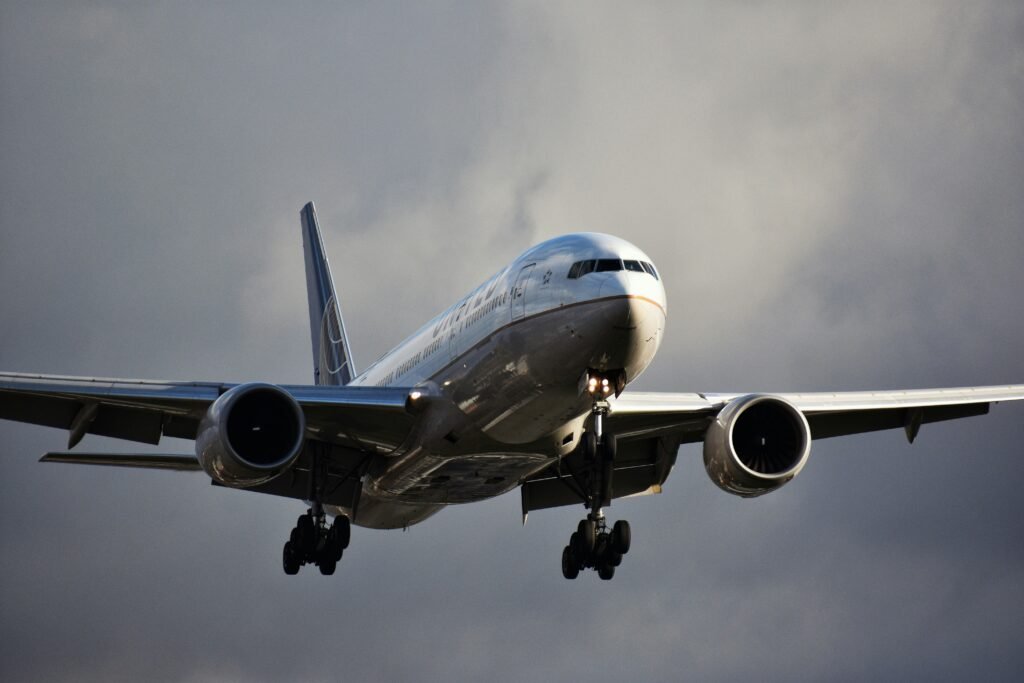
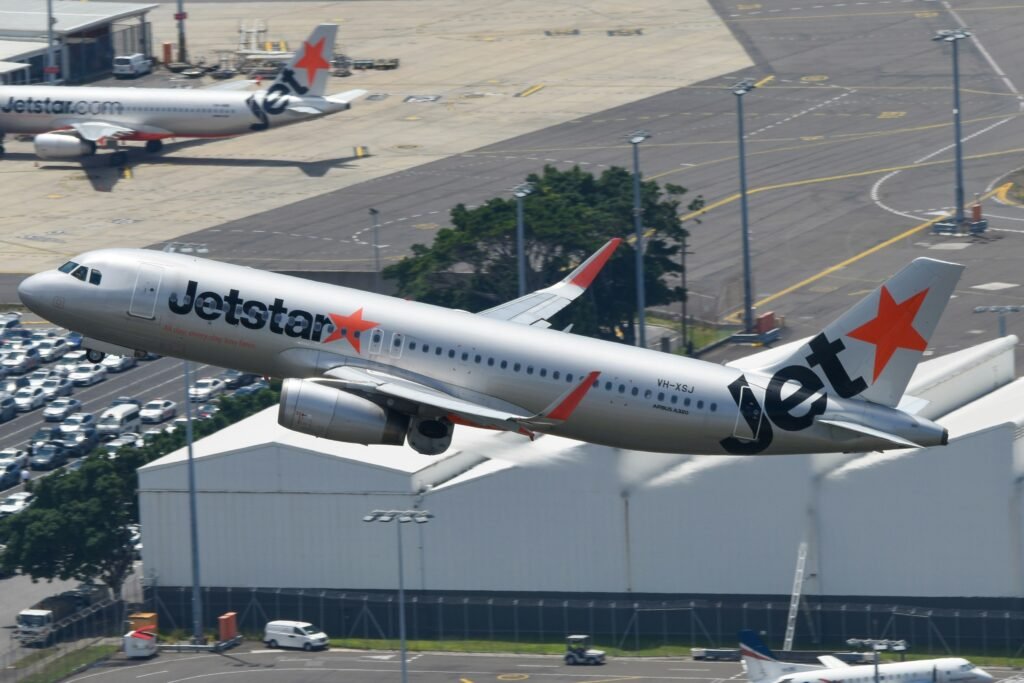
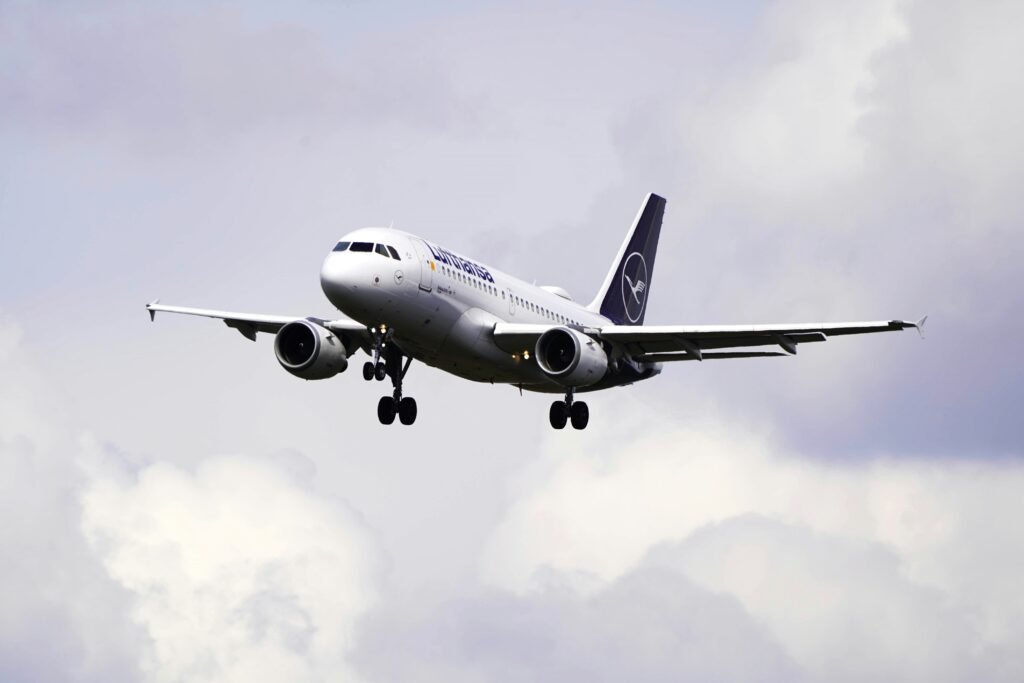



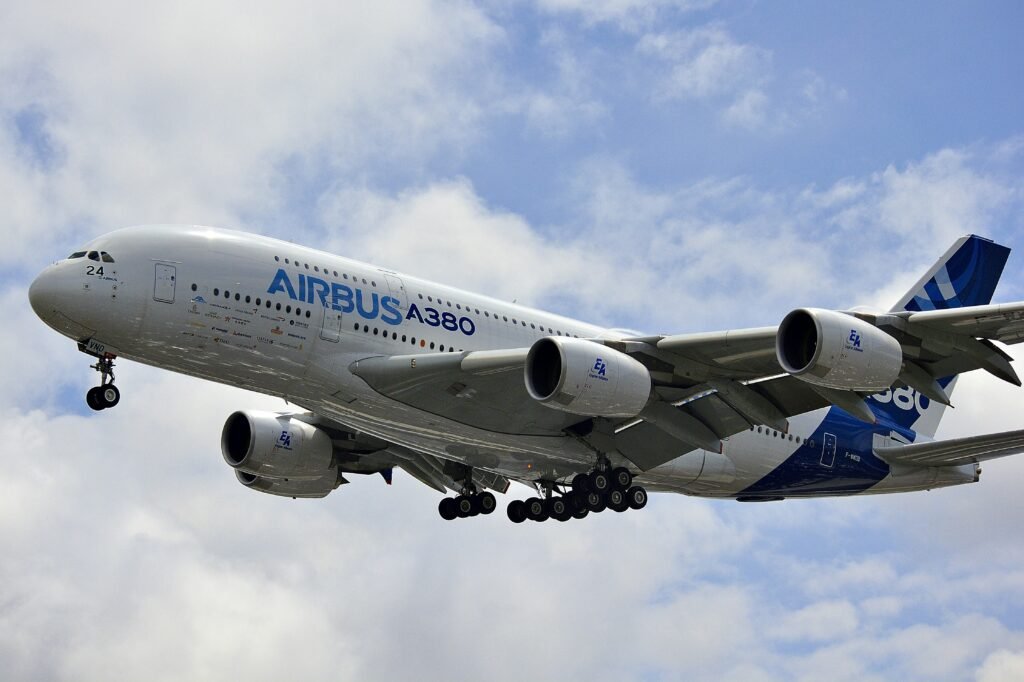
1 thought on “How airbus A380 body are strong?”